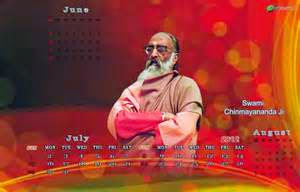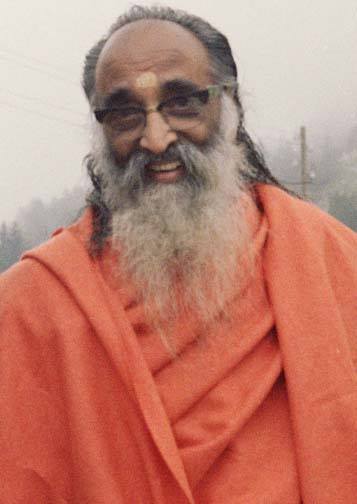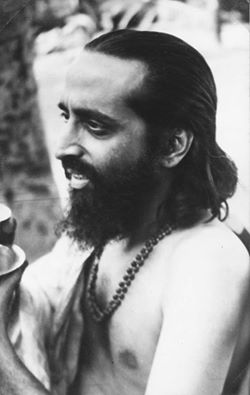MANDUKYA UPANISHAD : Chapter-1. "AGAMA PRAKARANA" ( The Scriptural Treatise ) Mantram-2, Discussion- 1.

MANDUKYA UPANISHAD Chapter-1. "AGAMA PRAKARANA" ( The Scriptural Treatise ) Mantram-2 "Sarvam hyetad Brahma, ayam-atma Brahma, so' yam-atma catuspat." sarvam - all; hi - indded; etat -this; brahma - this (is) BRAHMAM; ayam atma brahma - this Self ( ATMA IN US ) is BRAHMAM; sah - That ( BRAHMAM ); ayam atma - ( which is ) this Self ( ATMA IN US ); catuspat - ( is ) covered with four quarters ( PARTS ). "All this is verily BRAHMAM. This is BRAHMAM. This JIVATMA ( ATMA WITHIN US ) has four quarters ( parts )." Discussion-1. In the last mantram the great Rishi summarizing his transcendental wisdom declared, "all this is, verily, "AUM". Continuing the declaration, the Rishi is now giving a discourse to the student and he says, "all this is BRAHMAM." Naturally, it is clear that the great Master is wanting the student to understand that AUM is BRAHMAM. AUM is not only indicates the S...























